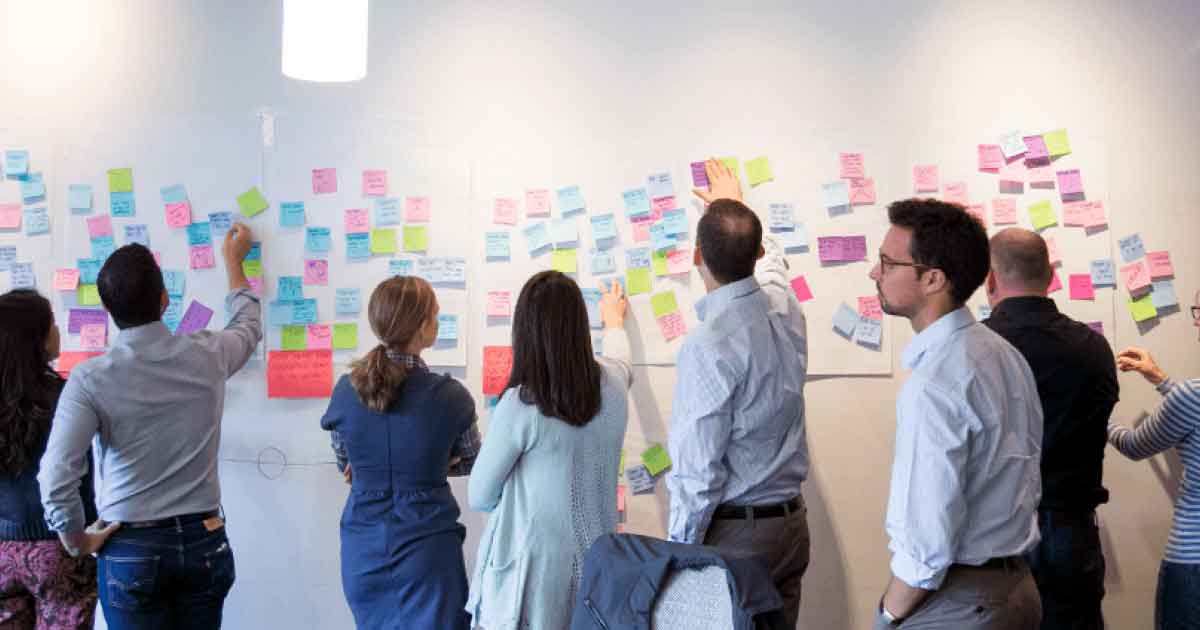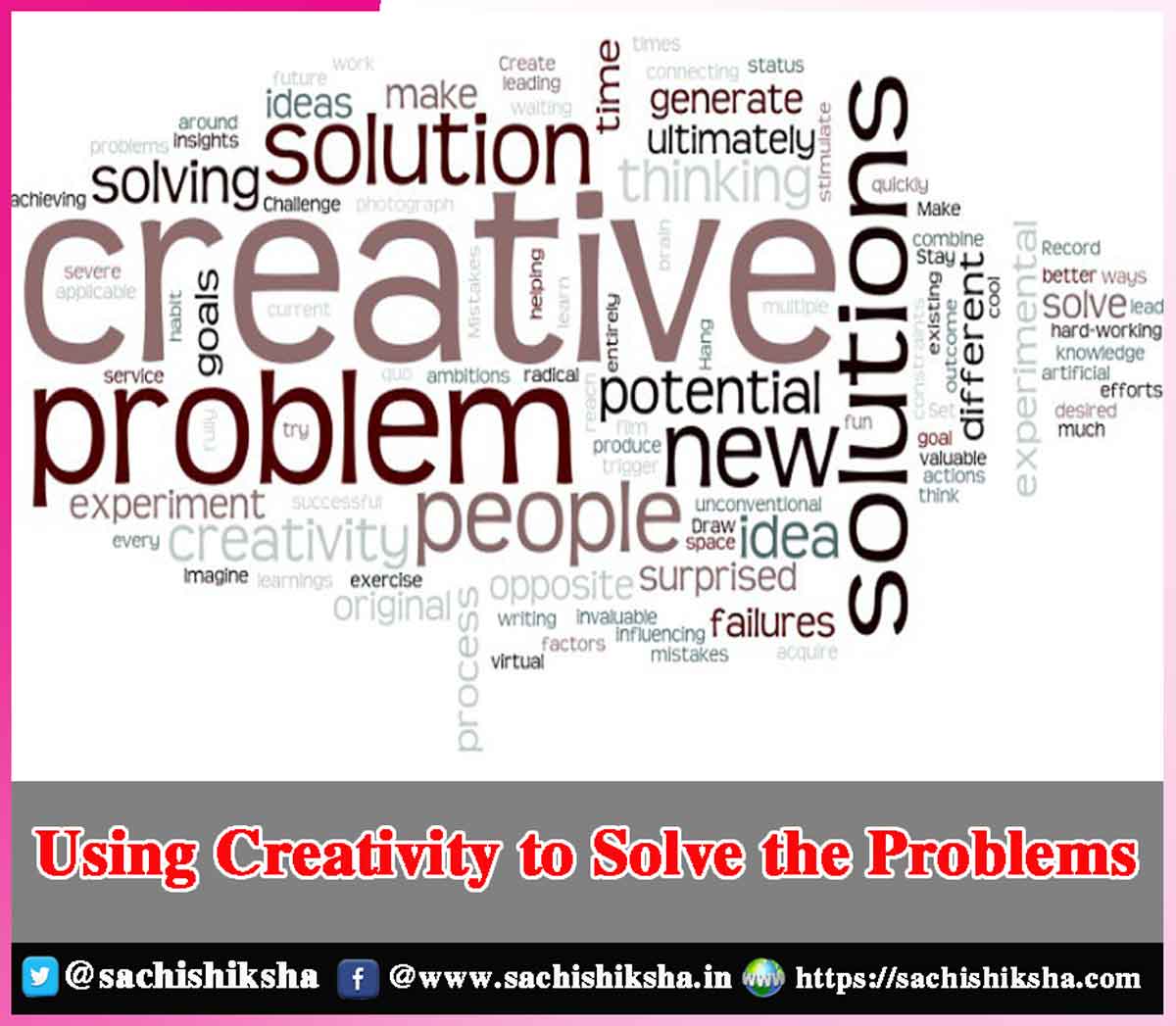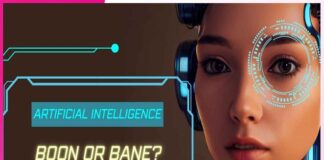Using Creativity to Solve the Problems
Introduction: Managing with problems and difficult situations is an everyday aspect of life at work, and conquering them is not always straightforward. In order to enhance the quality of your goods and services, relationships, and social abilities, as well as to help you and your business succeed, you must foster innovative thinking and find effective solutions.
Table of Contents
Divergent & Convergent Thoughts

Staying Attentive to Environment
Individuals and organizations benefit from creative problem solving as it allows us to exert influence over our surroundings. People have learned to monitor the surroundings and recognize dangers that may result in particular consequences in the future. Forecasting is useful not only for repairing damaged things, but also for altering the functioning of objects.
Creative issue solving is more than simply repairing broken things; it is about creating or inventing something new. Being attentive to and assessing the environment allows us to uncover potential for imaginative concepts that will benefit the world around us for future generations.
Seven Phases of the Creative Problem-solving Approach
- Outlining the Issue at Hand: The first stage in the CPS process is to comprehend the issue at hand. One may think it is an especially natural step, but what we perceive an issue is not always a problem. We frequently make mistakes and misunderstand the genuine issue. We need to assess the situation. Otherwise, asking the wrong question will steer your CPS process in the wrong way. Use the time to comprehend the issue and eliminate any misconceptions or uncertainty.
- Investigating the Situation: Once you’ve identified the issue, you must collect all available data to determine the best practical solution. Use a variety of sources of information for research. Begin by gathering data from search engines, but remember to include the conventional sources such as libraries. One can also ask close companions or coworkers for more information on your problem. Making inquiries on forums is also an excellent alternative.
- Creating Challenging Questions: Develop challenging questions after researching the subject and gathering all relevant information. They should urge you to come up with ideas, keep them short, and concentrate on a single topic. Preface your list of concerns by “How could I…” or “In which manner may I…?” Then try answering them.
- Developing Solutions: You are at last ready to come up with ideas. This is the time where creativity begins. You must take notes on every concept you come up with, even if it appears ridiculous or ineffective at first glance. One can organize the ideas on a piece of paper or utilize any current tools designed for this purpose.
- Evaluating and Analyzing the Concepts: Then you must assess your options and pick what you think is the best solution. Consider whether or not the proposed remedies are practical and will address the issue. If the solution does not solve the problem, continue the testing till the optimal option is discovered.
- Developing an Action Plan: When you’ve chosen the ideal solution, you’ll need to plan for the implementation procedures. Consider what resources are required for carrying out the approach and how long it might require.
- Execute the Strategy: This is the time to put your answer into action and fix the problem.
Top 5 Innovative Idea Generation Techniques for Workplace
- The Brainstorming Process: The process of brainstorming is one of the most obvious and effective creative problem-solving tactics. One may practice it in a team or on your own. Identify the issue that you’ll have to resolve while making notes on every thought you have. Don’t pass judgment on your thoughts, even if they seem unusual. After you’ve compiled a list of suggestions, allow your coworkers to vote for the best one.
- Designing Methods: Designing Methods like visualizing thoughts or generating idea maps make it easy to depict ideas as well as concepts. They are utilized to organize thoughts and make links between ideas. Although these strategies share many similarities, they also differ in some ways.
When creating a mental picture, place the important notion at the center and create additional connections. You can uncover as many connections as you want. These diagrams depict the organization of information retained by our minds regarding a specific topic. One of the most important aspects of a concept map is its hierarchical arrangement, which involves grouping specialized concepts beneath more generic ones.
- SWOT Assessment: The SWOT approach is employed at the strategic thinking stage, before it actually begins generation. It enables you to discover your endeavor’s shortcomings, opportunities, threats, and strengths. After you’ve analyzed these traits, you’re ready to brainstorm potential ways to solve the issue you’re facing.
- Accidental Ideas: This is one of the simplest techniques for creating ideas. It is frequently used by individuals who have to develop an innovative product. Make a list of random phrases, gestures, or experiences and post it on your desk or board, or write it on a huge sheet of paper. Once you’ve compiled a list of random phrases, consider connections between them and how they relate to the situation. Because our brain is skilled at forming connections, the linkages will promote the generation of new thoughts.
- Creating a Story: This CPS method is popular since it uses visuals to deliver a story. This method is based on the step-creation method.
Strategies to Enhance Creative Problem-solving Abilities
Practice Brain Games:
It is believed that brain games are a good approach for encouraging human brain activity. They build a wide range of cognitive skills, which are essential for creative problem solving.
You can do riddles or play arithmetic games. Performing these tasks will provide many advantages, including improved logical, critical, and analytical thinking abilities. If you enjoy playing amusing math games and solving complex logic puzzles, try LogicLike online.
Reasoning encourages you to develop novel concepts and approaches. To make the CPS process simpler to comprehend, ask questions on various topics. Curiosity leads to more data, which broadens your knowledge base. The more you learn about a particular subject, the greater the possibilities you will be able to develop.
Empower Yourself with New Chances:
After you’ve reached a particular level in being creative, you must continue to improve your skills. Try a novel approach and don’t be hesitant to push yourself with more advanced ways and strategies. Do not apply the identical tools and solutions to similar issues. Understand from your experience and take another step to advance to the next level.
Develop Your Field of Expertise:
If you want to continue to generate innovative ideas, you must first master your talents in the field in which you work. The deeper you are acquainted with the business, the more confident you will be in identifying problems, connecting them, and developing meaningful solutions.
Conclusion
Creativity is a powerful tool for problem-solving, enabling individuals and organizations to find novel solutions and drive positive change. By adopting diverse techniques, cultivating a creative mindset, and embracing innovation, you can tackle challenges with confidence and ingenuity. Remember, the journey of creative problem-solving is as valuable as the solutions themselves. Start exploring and unleashing your creativity today!













































